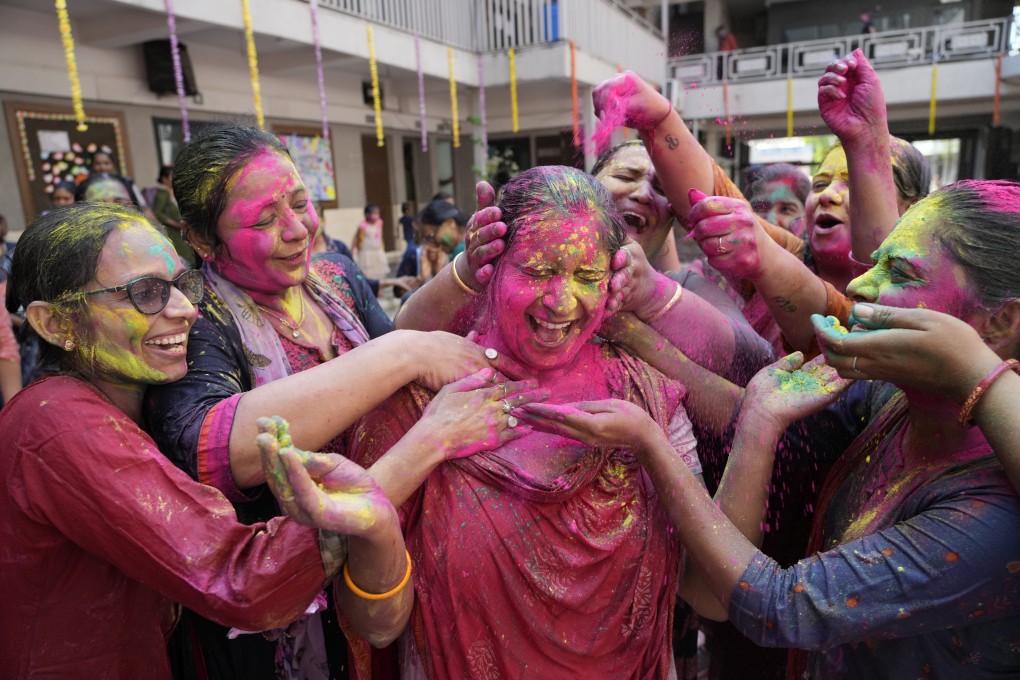What is Holi, Hindu spring festival celebrated with coloured powder? The origins of the celebration
- Holi is known as the Festival of Colours and is a day when societal divides are put aside as Hindus celebrate the beginning of their new year together
- It is particularly well known for its tradition of people throwing brightly coloured powder at each other, and has two origin stories rooted in Indian mythology

For followers of Hinduism the Holi festival welcomes the beginning of spring. It is well known for its tradition of people throwing brightly coloured powder at each other.
The day falls on the last full moon day of the 12th month of the Hindu calendar, called Phalguna – in the Gregorian calendar, this usually falls in either February or March. This year, it is observed on March 25.

The festival has two origin stories in Hindu mythology. The first, which involves a demon named Holika, is where the festival name comes from. The tradition of lighting a bonfire – the Holi bonfire – the night before the festival also originates from this story.
The story goes that Holika was ordered to kill her own nephew, Prahlada, by none other than Prahlada’s father, Hiranyakashipu – he wanted his son killed because Prahlada worshipped Lord Vishnu, whom the demon considered his mortal enemy.